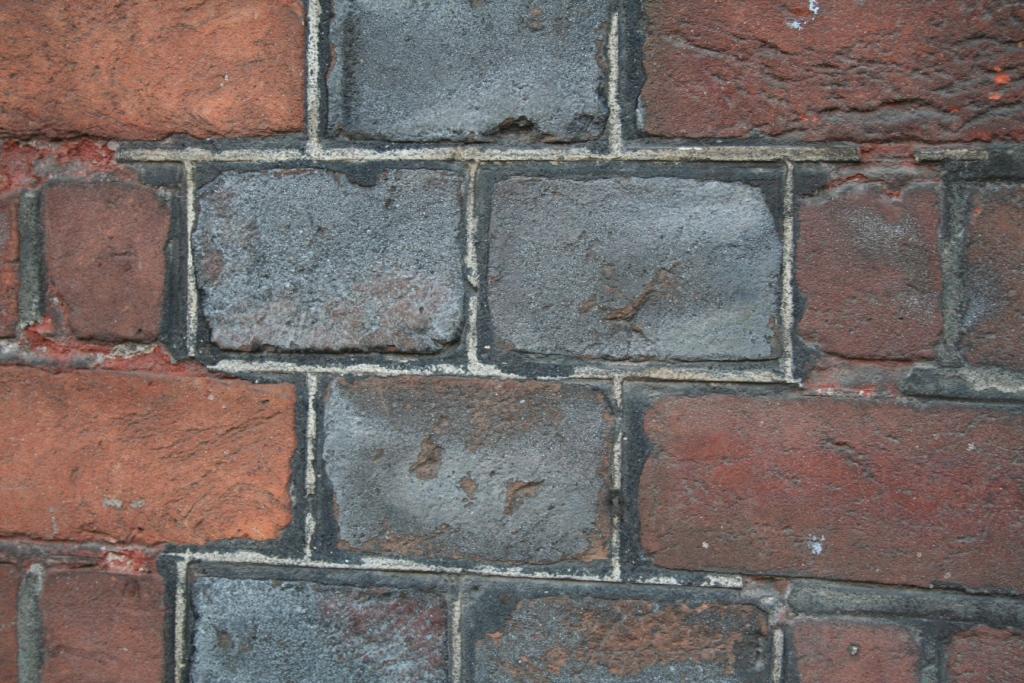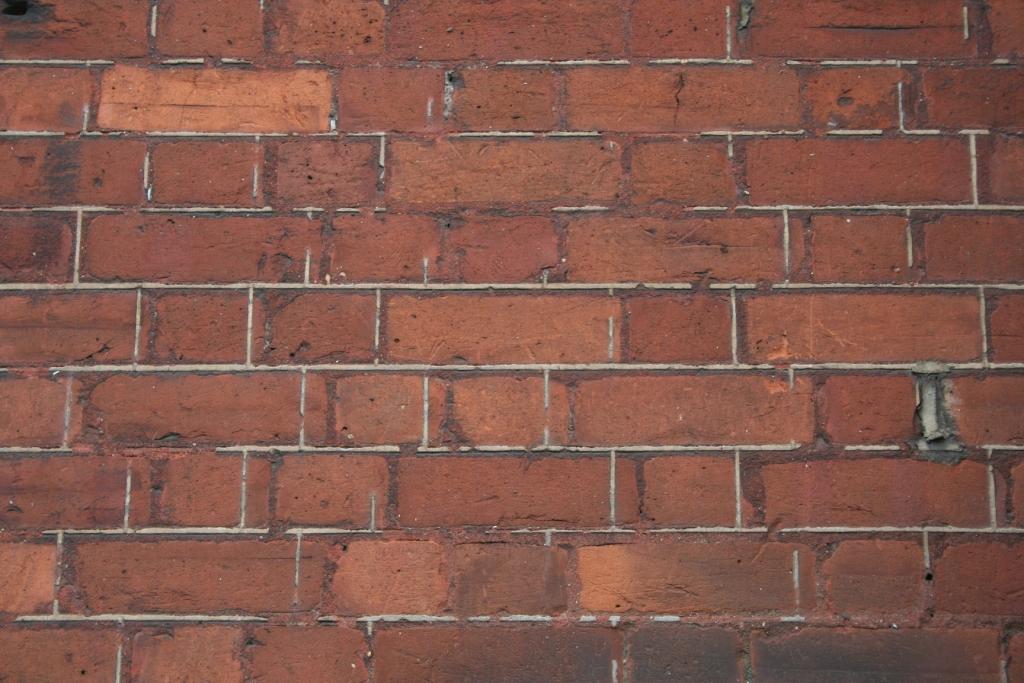People often don’t realise they have tuck pointing – because it’s a deliberate deceit, done not to be noticeable! Due to this, and the fact that tuck pointing demands great skill, it is sometimes replaced with unsuitable forms of joint finish.
What is tuck pointing?
Tuck pointing is a highly specialised technique for filling joints in masonry, especially brickwork, to create the illusion that they are finer and more regular. Joints are filled flush with mortar coloured to match the bricks and then scored with a narrow groove into which a thin ribbon of contrasting (usually white, but occasionally black, red or brown) mortar is pressed or ‘tucked’.
Between the late 17th century and the early 20th centuries, tuck pointing was frequently employed on facades or enrichments to imitate superior ‘gauged work’. It was also sometimes used to disguise irregular and damaged or cheap bricks. In exceptional circumstances, it may be introduced retrospectively today for repointing where the edges of bricks (arrises) have been spoilt.
Tuck pointing can go unnoticed, particularly where it has weathered. Evidence may survive, though, in sheltered areas, such as beneath window cills or eaves.
Are there variations on tuck pointing?
‘Bastard tuck pointing’ describes a variation whereby the protruding ribbon is formed of the same material as the base mortar (‘stopping’). This creates a fragile finish that is uncommon but may be found on buff-coloured brickwork with a matching neutral mortar.
Confusingly, the term ‘tuck pointing’ has sometimes been applied outside the UK to describe raised joint finishes generally or all forms of repointing.
When does tuck pointing need renewing on an old building?
As with pointing generally, the renewal of tuck pointing is premature until mortar has weathered back to a depth equivalent to the joint width or is very loose. Unlike most pointing types, however, tuck pointing is very difficult to renew in small areas that blend in. The decision to repoint will, therefore, be of even greater importance and additional care must be exercised to avoid losing sound pointing that forms an intrinsic part of an old building. Repointing is not justified simply because the ribbon has become faint if the joints remain otherwise sound.
Although patch pointing is usually inadvisable with tuck pointing, it is possible to repair the stopping and this can be preferable to universally repointing a whole section where only minor deterioration exists.
How is tuck pointing renewed on an old building?
Where necessary, old tuck pointing should normally be replaced like-for-like by a specialist. Avoid replacing it with another joint type. A distinct section or even complete elevation is usually renewed in one job. Trials on the building are important, with separate panels required for walls facing different directions due to variations in drying times and the resulting mortar colours.
After raking out the old mortar, a size-based colourwash may be applied to unify the tone of the bricks. The stopping is inserted and comprises a lime mortar, often hydraulic, to match that used previously. Its colour is derived from the sand and possibly additional earth or natural organic pigments, such as Venetian red or vegetable black. It is grooved to receive the ribbon. The ribbon typically consists of lime putty and very fine sand or stone dust, plus possibly some pigment. It is placed with a jointer and trimmed using a ‘Frenchman’ or similar tool. Protection from the weather is essential until the lime mortar hardens.
How can small-scale repairs be carried out to tuck pointing an old building?
Where deterioration is insufficient to justify the wholesale renewal of a section, it is possible to undertake localised repairs to just the stopping (perhaps where previous patching has taken place with an inappropriate cement mix). The ribbon is omitted to prevent the repairs standing out noticeably but if a groove is scored this will still allow the joints to be ‘read’.
A new ribbon should not be applied to old stopping. This is excessive and the ribbon will detach from the stopping due to an inadequate bond.
Technical advice line
Get involved


